What We Do
The Alaska Ocean Observing System (AOOS) is one of 11 regional systems across the US coast that represent NOAA’s Integrated Ocean Observing System (IOOS), a national-regional partnership working to use ocean data and information products in innovative ways to improve maritime safety, enhance the economy, and protect our environment. The data are available in real time, near-real time, or retrospectively. Easier and better access to this information is improving our ability to understand and predict coastal events such as storms, wave heights, sea levels, and ecosystem change. Such knowledge is needed for everything from blue economy businesses such as commercial fishing and aquaculture to subsistence use to coastal planning.
OUR MISSION
AOOS works collaboratively to identify and fill gaps in ocean information and provide accurate and reliable data, applications and services for decision making.
AOOS’ programmatic goals are shaped by the AOOS Board and stakeholder feedback. AOOS strives to:
- Increase access to existing coastal and ocean data;
- Package information and data in useful ways to meet the needs of stakeholders;
- Increase observing and forecasting capacity in all regions of the state, with a priority on the Arctic and the Gulf of Alaska; and
- Coordinate with private sector, local, state & federal agencies to aid these efforts.
AOOS programmatic focus areas are:
- Safe marine operations
- Coastal hazard mitigation
- Ecosystem and climate trends
- Water quality monitoring
Stakeholders
AOOS is stakeholder driven and science based. Our stakeholders and users include:
- Mariners, fishermen and subsistence users making decisions that affect their livelihoods and safety;
- Search and rescue operations planning effective strategies to save lives;
- Scientists studying Alaska’s ocean ecosystems;
- Coastal security operations ensuring the safety of Alaska’s ports and waters;
- Resource managers seeking ways to use and sustain resources for the future;
- Educators seeking to convey the complexity and connectedness of Alaska’s oceans;
- All those who ply Alaska’s oceans for their livelihoods, subsistence use or recreation; and
- Coastal communities facing new challenges from impacts of climate change.
AOOS Stakeholder Engagement Process
AOOS relies on a variety of avenues to engage stakeholders and solicit recommendations. This feedback allows AOOS to both identify gaps in ocean observing and enhance AOOS applications, products and services.

AOOS organizational structure.

The AOOS prioritization process is user driven.
Facilitating Topic-based Groups
AOOS organizes and facilitates several topic-specific groups by convening relevant partners and discussing objectives, available resources, existing needs, and potential next steps to expand ocean monitoring and data access. These groups include ocean acidification, water level monitoring, harmful algal blooms, and impacts of the Blob (Pacific anomalies) in Alaska.
Hosting Regional Meetings
Since Alaska is such a huge state and observing needs for each geographic region (Arctic, Bering Sea, Aleutian Islands, Kodiak, Cook Inlet, Prince William Sound, Southeast Alaska, etc.) differ greatly, AOOS periodically holds regionally focused meetings with key stakeholders to better understand regional needs, identify gaps in ocean observing, and prioritize information products. Input from these meetings are used by AOOS in planning for its 5-year cooperative agreement with NOAA. While not all the recommendations will be incorporated into the AOOS Strategic Plan and the final cooperative agreement, documenting the needs allows AOOS to continue to pursue filling gaps through outside funding sources and collaborative partnerships.
Other Avenues for Ongoing Engagement
AOOS continues to maintain stakeholder engagement efforts outside the strategic planning process through a number of other methods. These include:
- Presentations – AOOS staff provide programmatic presentations and data portal demonstrations to national, state, and local audiences on an ongoing basis.
- Scoping Groups – AOOS organizes and runs ad-hoc scoping groups to assess and review new ideas and data tools. Examples have included focus groups reviewing the Research Assets Map, vessel track visualizations, hex-bin data techniques, and others.
- User Surveys – AOOS employs Survey Monkey when needed to get feedback from broad audiences. Examples have included recommendations for locating Snotel weather stations, establishing the location and timing of seasonal wave buoy deployments, gathering feedback on workshops, and soliciting overall recommendations and ideas for the AOOS program.
- Feedback Tab – Every page on the AOOS data portal includes a red feedback tab, allowing users to submit comments and recommendations regarding specific data and the user interface as a whole. AOOS/Axiom staff respond to each submission within 24 hours, and the feedback is documented, analyzed and assessed for implementation on a systematic basis.
Partner Organizations with Stakeholder Engagement Processes
AOOS participates in the following organizations and relies on input from their stakeholder engagement processes:
- Alaska Center for Climate Assessment & Policy
- Alaska Native Tribal Health Consortium
- Alaska Sea Grant Program
- Alaska Shellfish Growers Association
- Aleutian and Bering Sea Initiative
- Arctic Domain Awareness Center
- Arctic Landscape Conservation Cooperative
- Cook Inlet Regional Citizens Advisory Council
- NOAA Regional Collaboration Team
- North Pacific Fishery Management Council
- North Slope Science Initiative
- Oil Spill Recovery Institute
- Prince William Sound Regional Citizens Advisory Council
- Scenarios Network for Alaska Planning
- Western Alaska Landscape Conservation Cooperative
